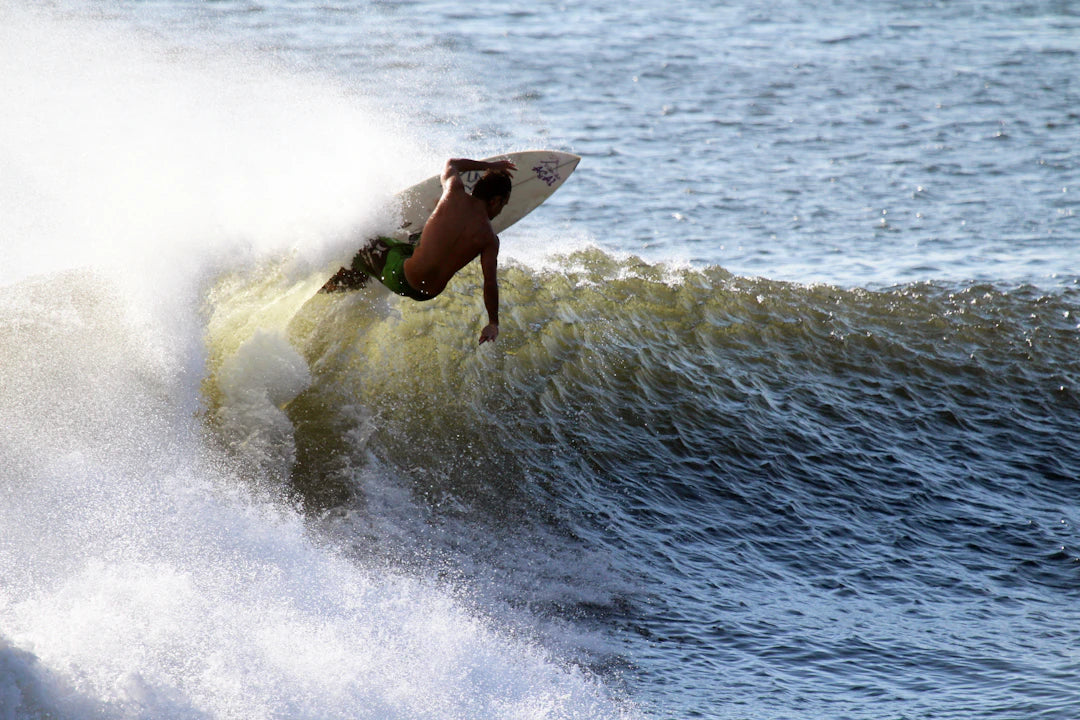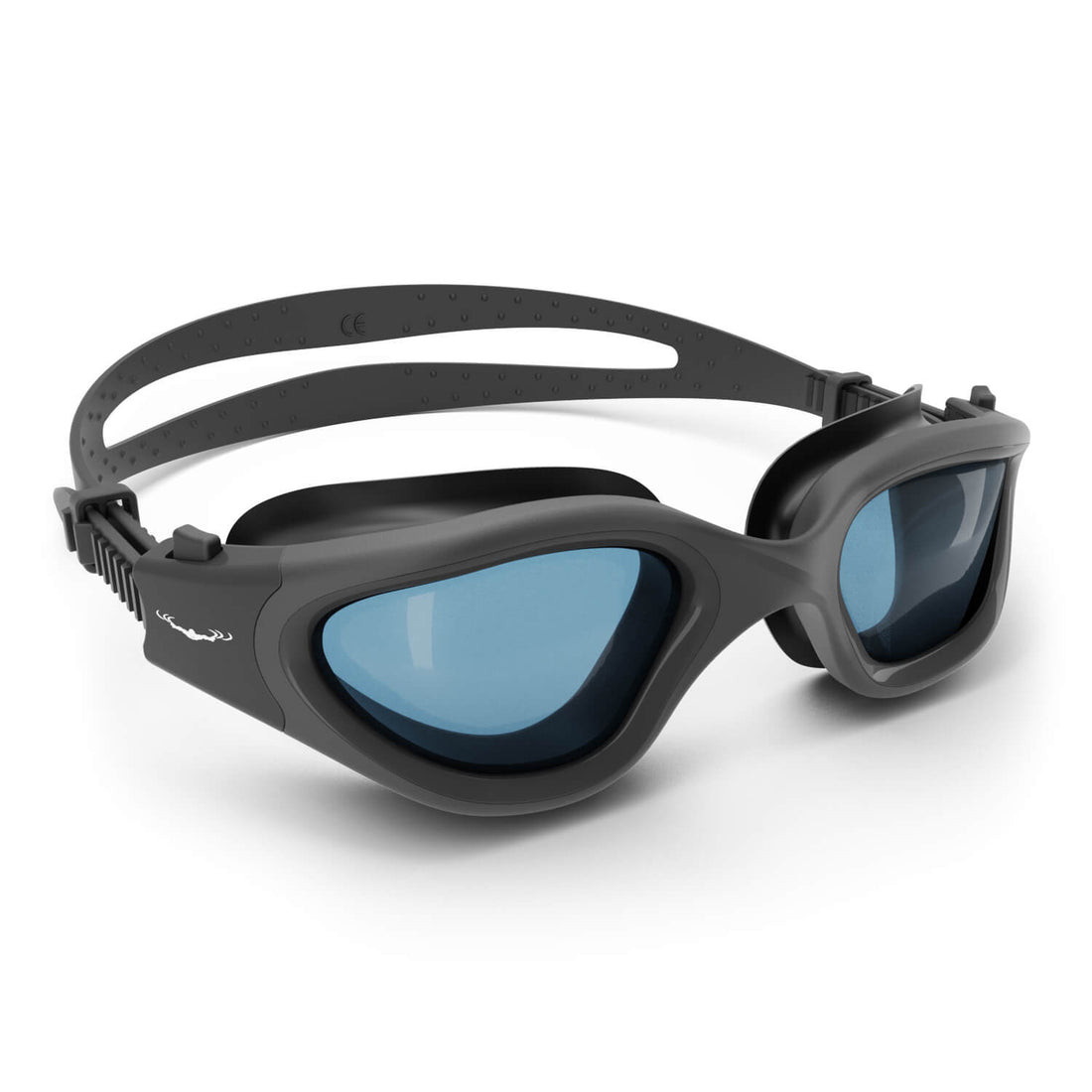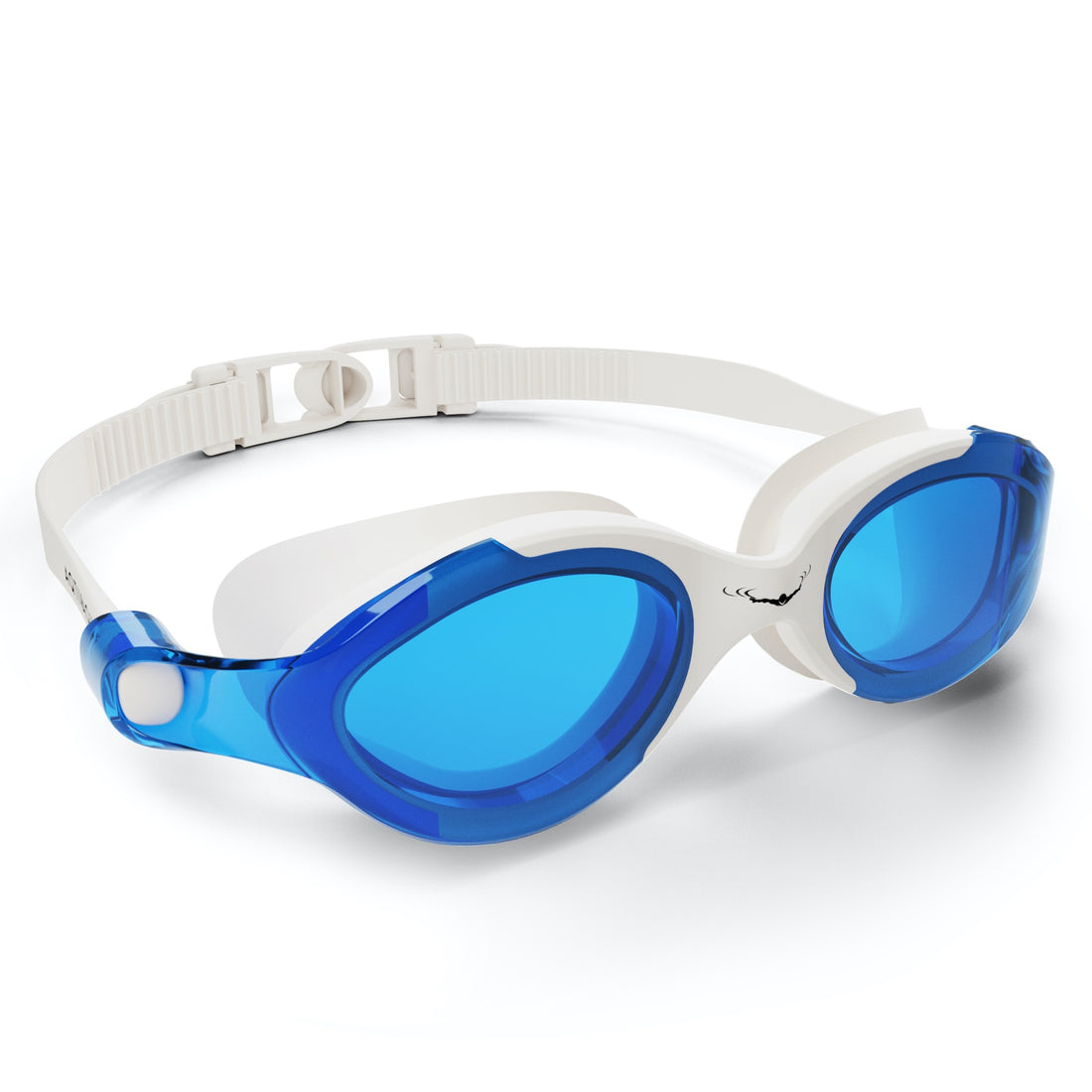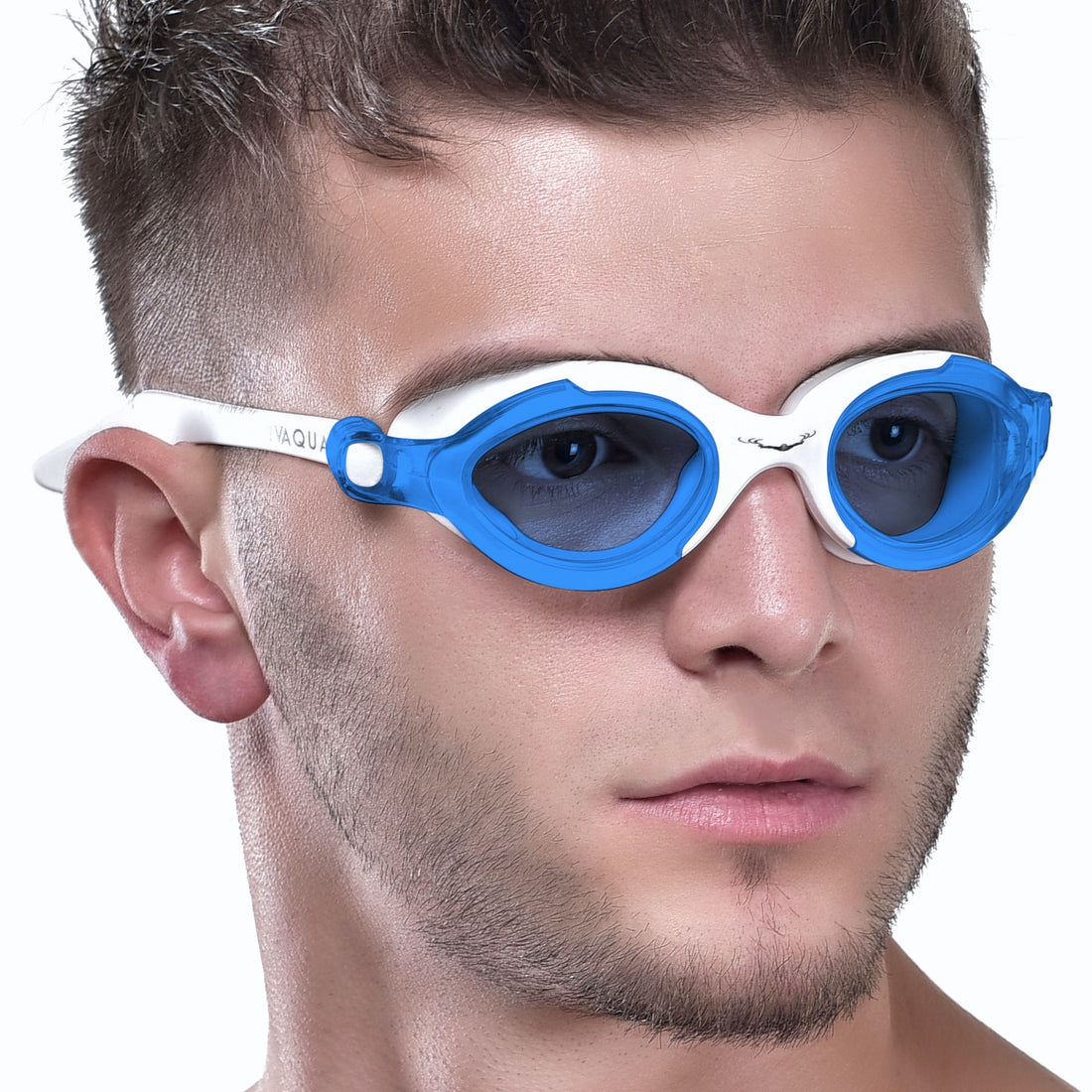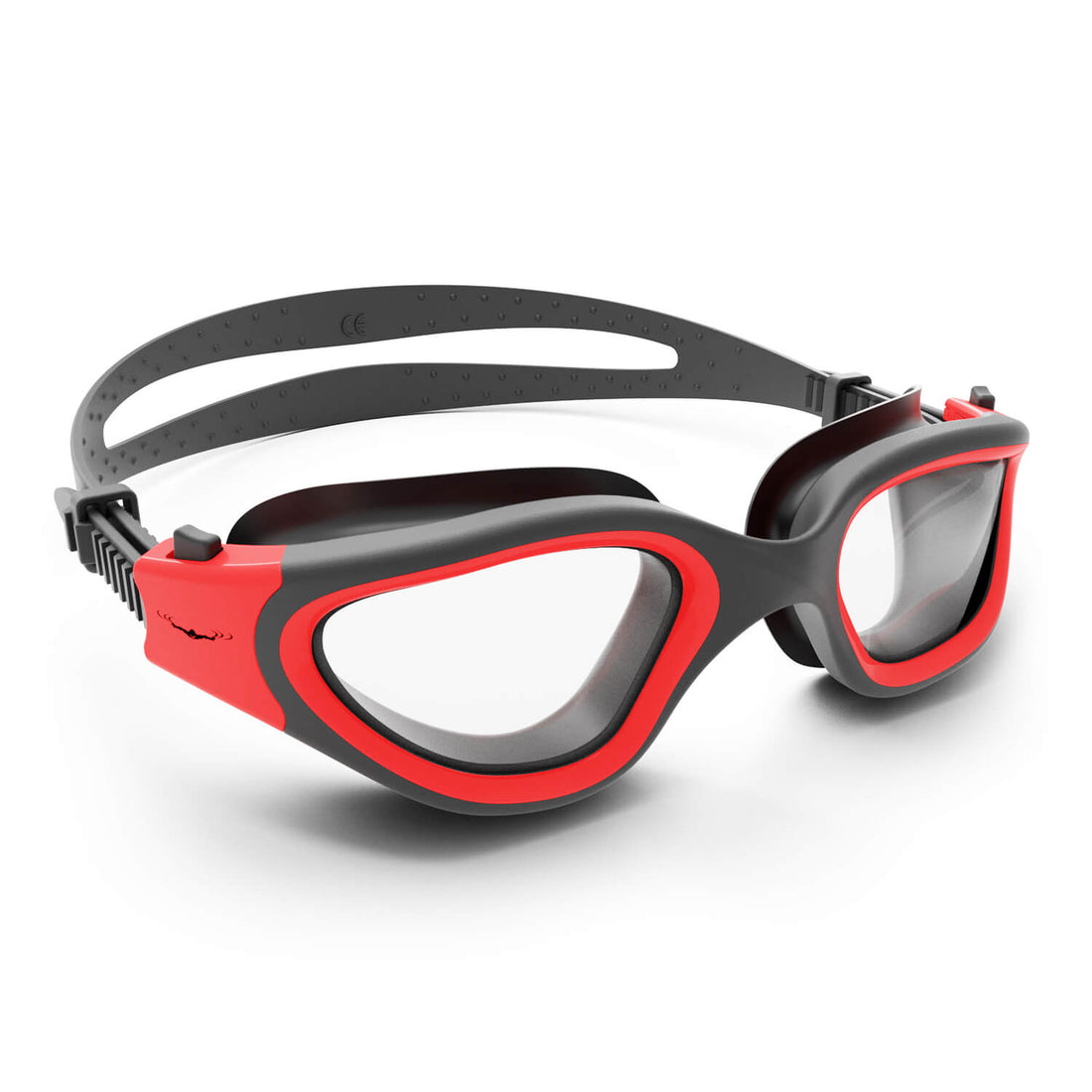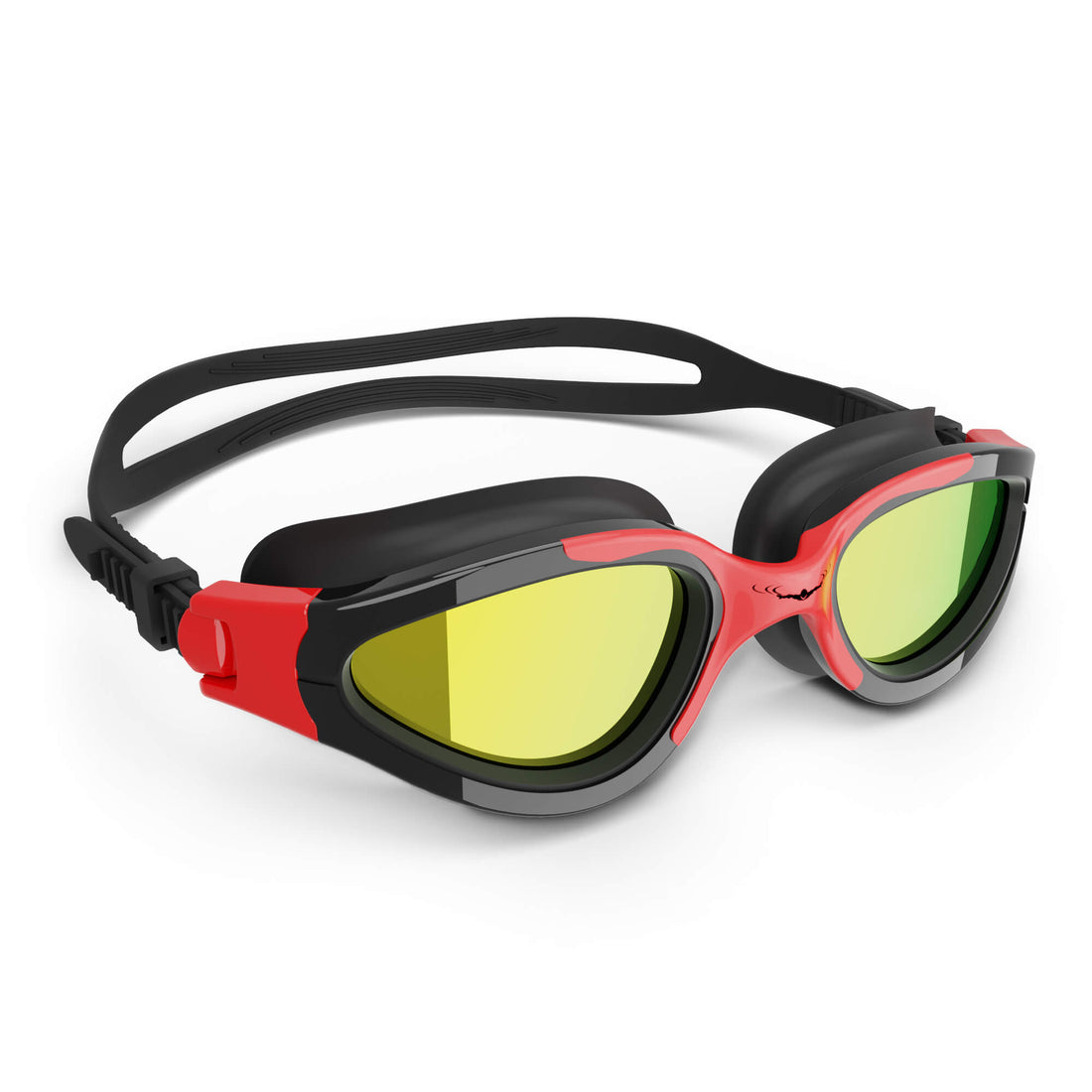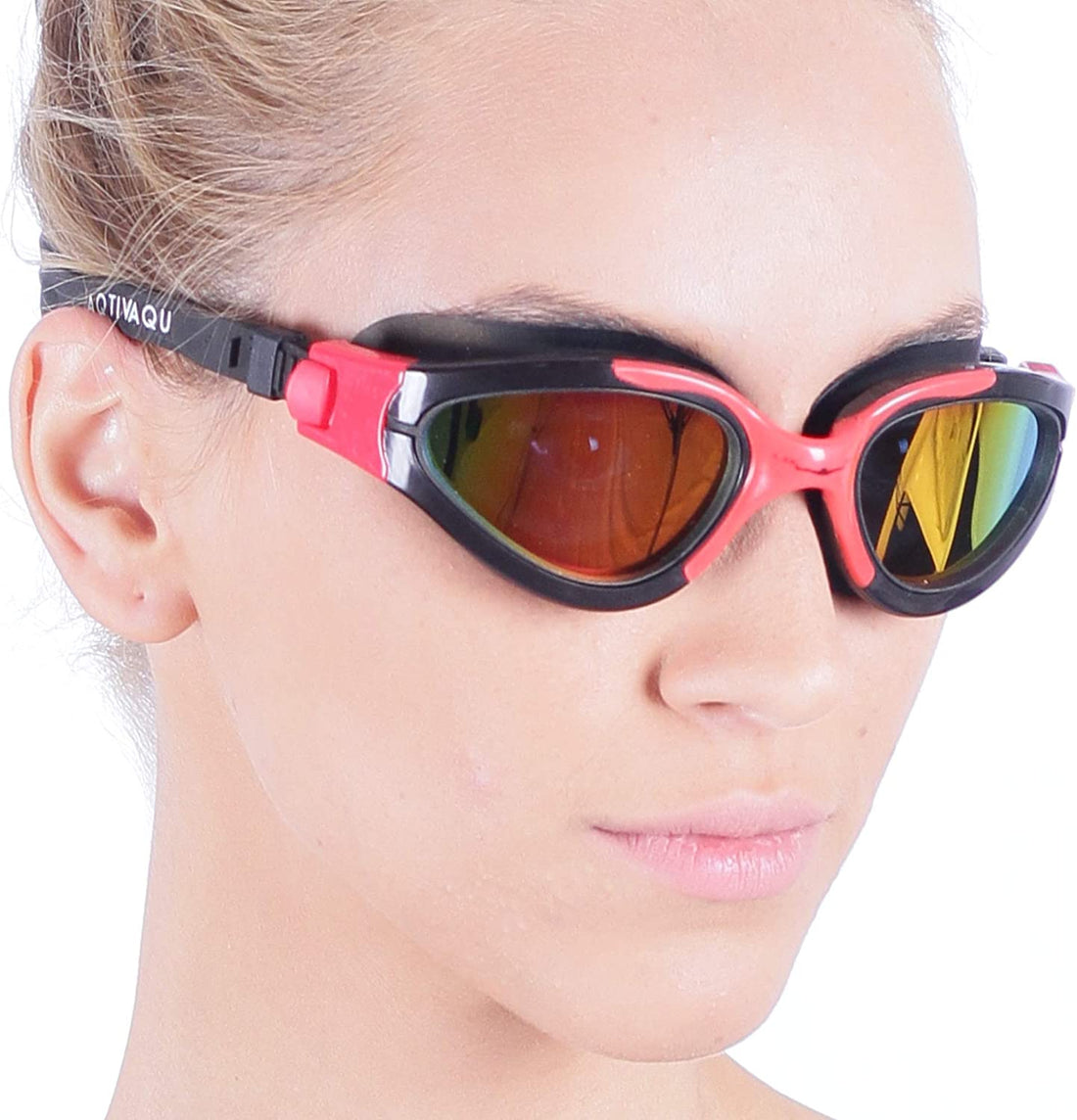Frequently Asked Questions
1. What are aquatic sports?
2. What are the benefits of participating in aquatic sports?
3. How can I introduce my child to aquatic sports?
4. What gear is essential for aquatic sports?
5. Are there aquatic sports suitable for both children and adults?
Aquatic sports are often associated with the simple yet fulfilling act of swimming, but the world beneath the waves is much richer and more diverse than it appears at first glance. Often, we think of the shimmering blue waters as merely a swimming pool or ocean waiting for us to dip our toes. Yet, there are various aquatic sports that both children and adults can explore. From thrilling paddle boarding to serene synchronized swimming, this blog will guide you through the exciting options available beyond traditional swimming practices. Let’s dive in!
Understanding the Allure of Aquatic Sports
Aquatic sports offer a unique combination of fitness, fun, and engagement with nature. Whether performing under the calm surface of a pool or riding the waves at the beach, these sports can elevate our mood and physical fitness. They also provide immense benefits for children, allowing them to develop life skills and build confidence. Incorporating proper gear, such as children’s swim goggles and swim caps, not only enhances performance but also encourages participation.
Physical and Mental Benefits of Aquatic Sports
- Improved Fitness: Most aquatic sports require rigorous physical effort, improving overall fitness, strength, and endurance.
- Enhancement of Coordination: Many aquatic activities involve specific movements and rhythm which improve coordination and agility.
- Stress Relief: Being in water is inherently soothing and can significantly reduce stress levels.
- Social Interaction: Participating in aquatic sports often involves teamwork, fostering friendships and social bonds.
Aquatic Sports to Explore
Let’s take a look at some popular aquatic sports that go beyond the swimming pool and allow both kids and adults to harness the refreshing power of water.
1. Water Polo
Water polo is a team-oriented sport, usually played in a pool. Teams consist of seven players who work together to score goals while navigating the challenges of treading water and opposing players. It's a strategic yet physical game that promotes teamwork and endurance. This high-energy sport can be a fantastic way for children to learn valuable social skills.
2. Synchronized Swimming
Often considered an art form, synchronized swimming combines elements of dance and swimming in perfect harmony. Participants perform choreographed routines, requiring strong swimming skills and an unshakeable sense of rhythm. This sport encourages creativity and expression while efficiently utilizing swim caps to enhance performance by streamlining hair and maintaining focus on the water above.
3. Kayaking
For those looking for adventure on lakes or rivers, kayaking offers a fantastic blend of excitement and serenity. This sport allows individuals to paddle through water, engage with nature, and navigate exciting terrains. Kayaking can be both an introspective solo venture or a collaborative endeavor when navigating with friends or family. Make sure everyone has the necessary safety gear, including suitable life jackets.
4. Stand-Up Paddleboarding (SUP)
Stand-up paddleboarding is another captivating water sport that has gained popularity over the years. This sport is excellent for fitness, as it demands balance and core strength. It offers participants the ability to explore calm lakes and even surf on small waves. Whether you are floating peacefully on a serene lake or taking on the ocean’s currents, SUP combines fun with exercise in a unique way.
5. Surfing
For those who crave waves, surfing represents the epitome of aquatic adventure. This sport is centered on riding ocean waves, with an exhilarating rush that many thrive on. Surfing promotes physical fitness, strengthens the core, and enhances balance. The camaraderie among surfers is unmatched, providing a sense of belonging to a larger community.
6. Diving
Diving takes aquatic exploration to an entirely new level. Whether you are a fan of scuba diving or free diving, both offer a window to discover underwater ecosystems rich with biodiversity. Divers experience the thrill of swimming with marine life and exploring coral reefs. Safety gear, such as diving masks and fins, is crucial in ensuring an enjoyable and secure experience.
Getting Children Started with Aquatic Sports
Introducing children to aquatic sports is a fantastic way to engage them in physical activities. Here are some tips to ensure a positive and productive experience:
- Start with Swimming Lessons: Before diving into any aquatic sport, ensuring that your child is comfortable swimming is essential. Enroll them in swimming lessons that focus on water safety and basic techniques.
- Invest in Quality Gear: Children’s swim goggles and swim caps are essential for comfort and performance, allowing kids to focus on fun instead of distractions.
- Choose the Right Sport: Consider your child's interests when selecting an aquatic sport. Some may gravitate towards team sports like water polo, while others may prefer individual activities such as kayaking.
- Encourage Safety Awareness: Teach children about water safety practices, including how to recognize dangerous situations and what to do in emergencies.
The Role of Gear in Aquatic Sports
The right gear can significantly impact performance in aquatic sports. While each sport requires specific equipment, some essentials apply broadly:
- Swim Caps: Essential for competitions and various sports, swim caps help streamline the body for better performance while keeping hair in check during swimming, diving, or synchronized routines.
- Swim Goggles: Essential for protecting the eyes and improving visibility underwater, children’s swim goggles come in a colorful array, encouraging kids to enjoy their aquatic adventures.
- Life Jackets: For activities like kayaking or paddleboarding, life jackets are a must-have for safety.
More than Just a Hobby
Aquatic sports are more than just enjoyable pastimes; they can become a pivotal aspect of a person’s life. They promote health, teach important life skills, and often lead to lasting relationships rooted in shared enthusiasm for the water. By encouraging participation in diverse aquatic sports, you’re not only engaging in a fun activity but also creating memories that will last a lifetime.
Your Journey Awaits!
With a multitude of aquatic sports options available, the only limit is your imagination. Whether you’re paddling through rivers or dancing gracefully in the water, there is a sport that fits everyone’s taste and enthusiasm. Equip yourself and your children with the right gear, such as children’s swim goggles and swim caps, to fully enjoy the beauty and excitement these activities have to offer. Dive into new experiences and foster a lifelong love for the aquatic world!


